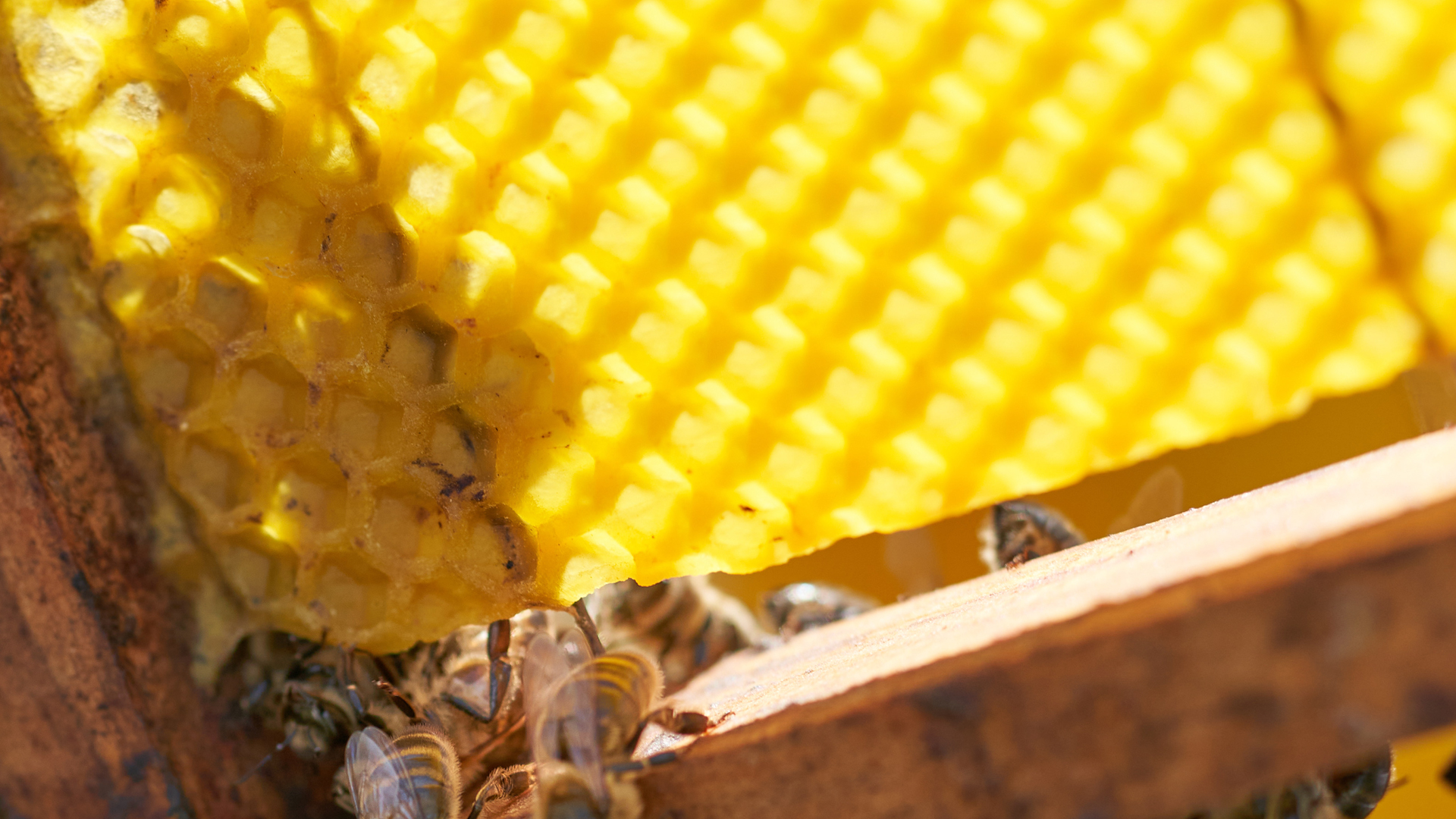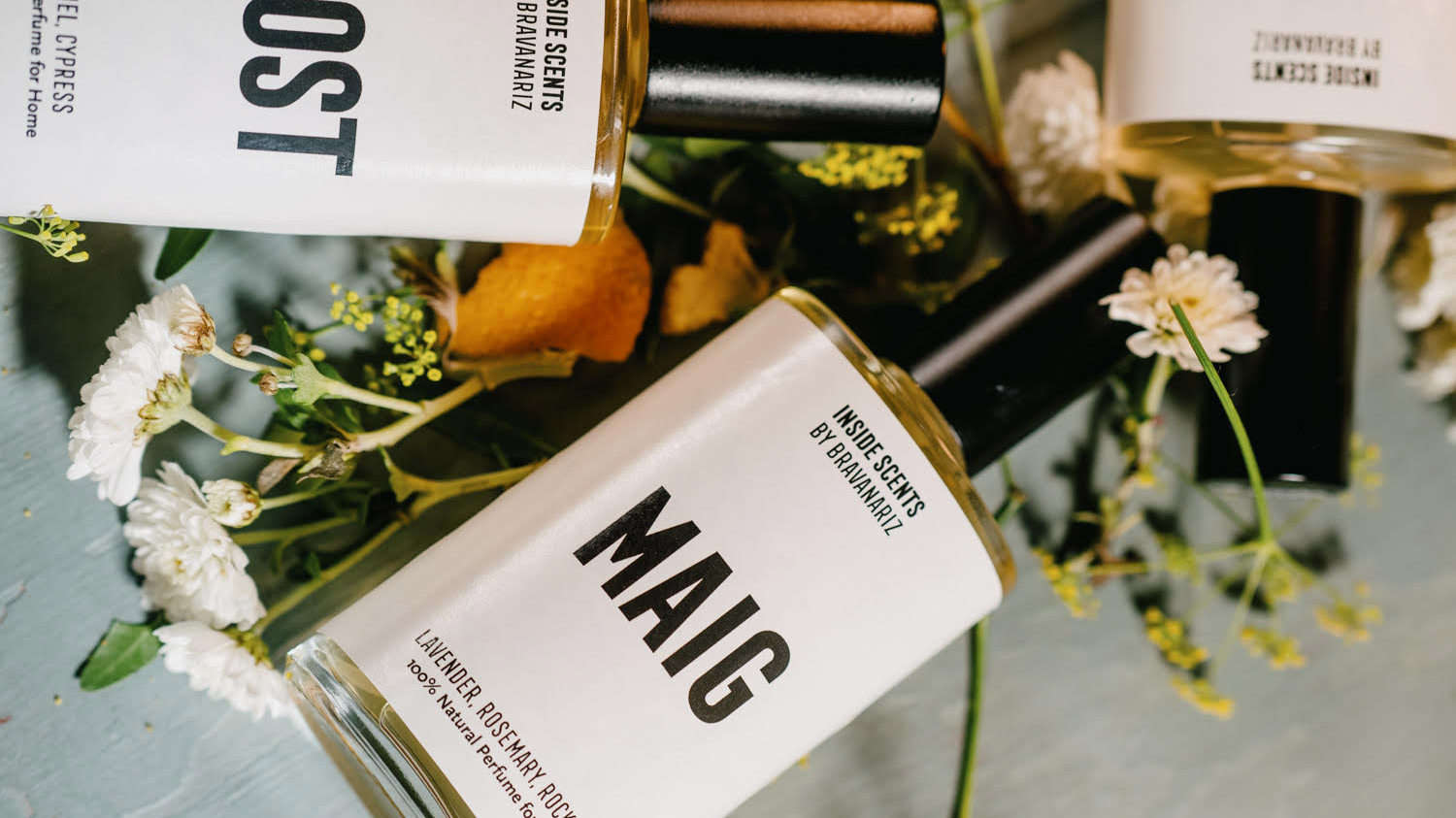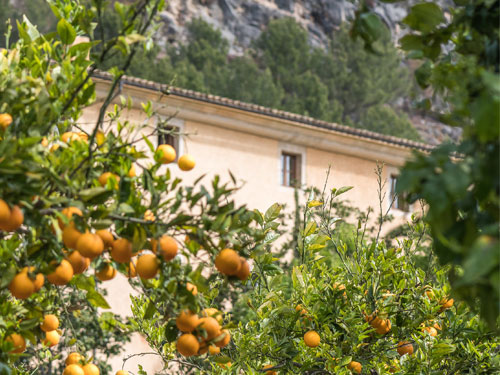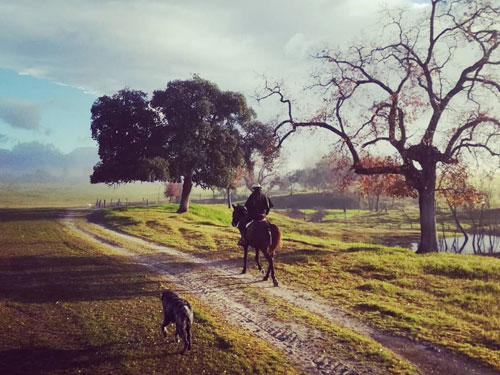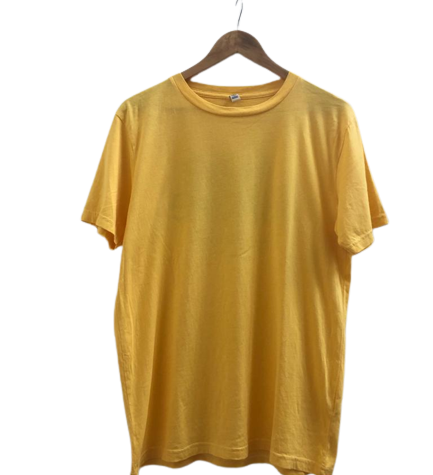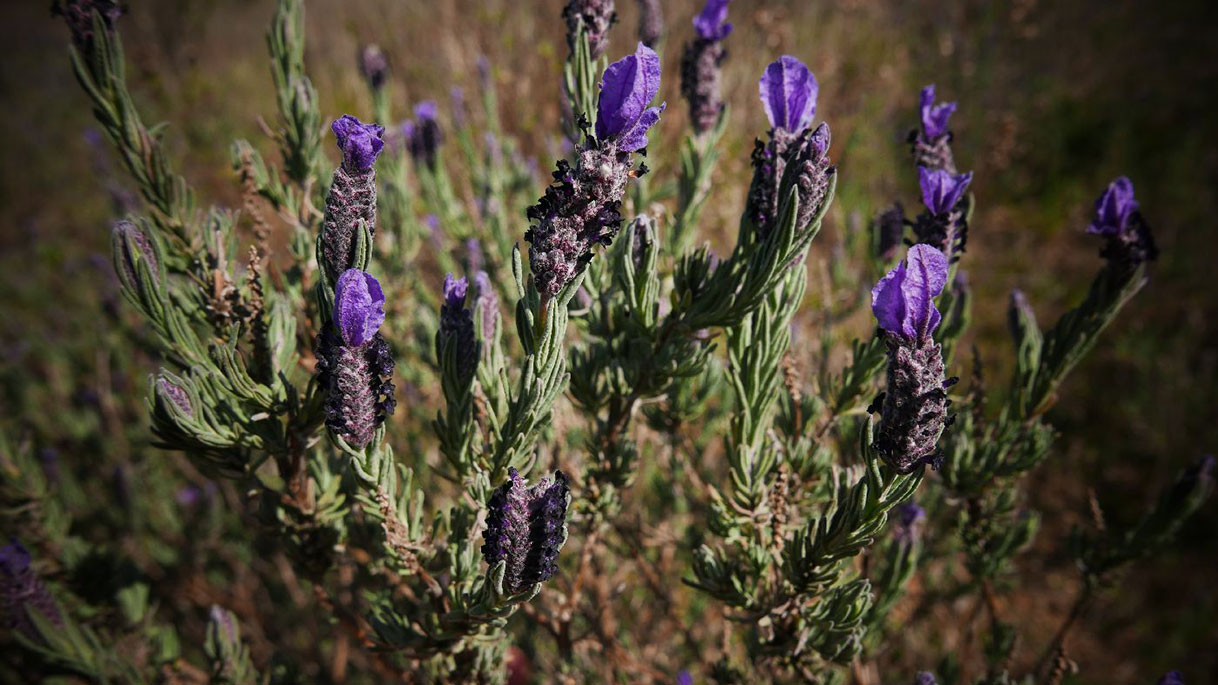
Where we are some people call this plant timó or espígol de marina. It is related to other common forms of lavender, and although its scent is not overly strong, it cannot be confused. My connection to the lavender family goes back to my earliest childhood years, when I spent part of the summer in Mira, in the province of Cuenca. It was there where my grandfather had a cauldron and lavender plantations, but I especially recall his good friend Don Paco, who managed his lands; my father continued to visit him for many years after. At harvest time, the streets of the town would be filled with the intense smell emanating from the cauldron, where he was constantly distilling the sheaves of the fresh, recently cut plants arriving each afternoon from the fields.

In the Empordà the most common species is Spanish lavender, which paints vegetation, plains and mountains an intense purple each spring. It is easy to figure out what my natural inclination towards this plant and its smell might be. We might say that together with rosemary (romaní), cistus narrow leaf (estepa negra) and thyme (farigola), it is a member of the most typically Empordanese plant quartet.
Its scent, which is similar to regular lavender (the varieties known here as espígol and lavandí have a strong component of camphor, which make them more intense), is discreet and smooth, although clearly distinguishable. The majority of people find it to be familiar. Everyone remembers those small cloth sacks full of lavender our grandmothers used to have. However, what makes it recognizable is its broad use in cosmetics, deodorants and cleaning products, though such mass employ has not made it more banal. It still has a classically familiar elegance, which allows it to hold out against the coming and going of trends. Besides this, its smell has relaxing properties and its essential oil (when diluted in a scentless vegetable oil, like almond oil) is a skin softener. Everything about it is agreeable, and agreeability, in this day and age, is not at all common. For these reasons and more, Spanish lavender will always be one of the plants present in our aromatic formulas.

